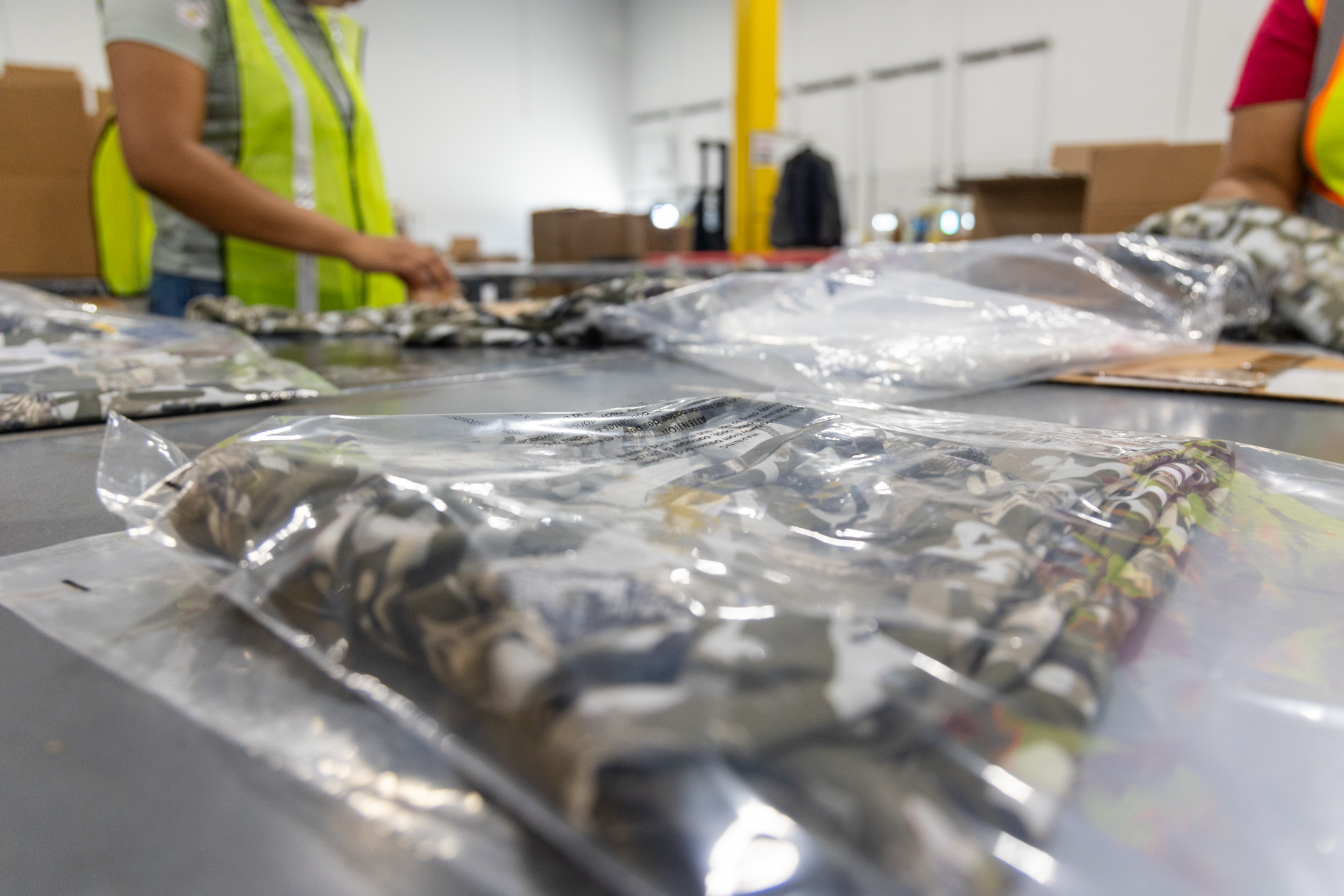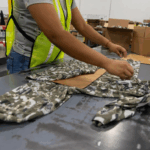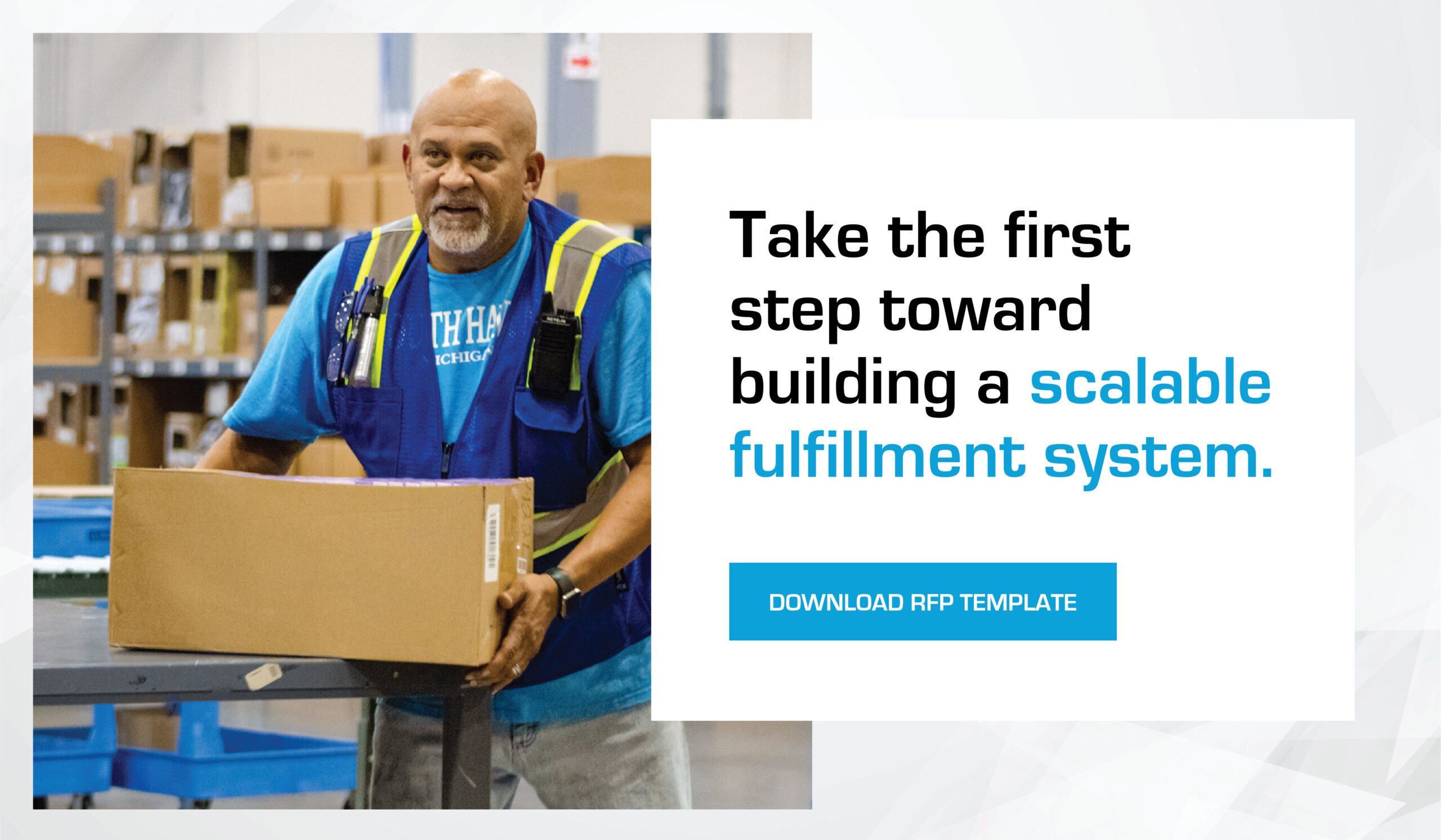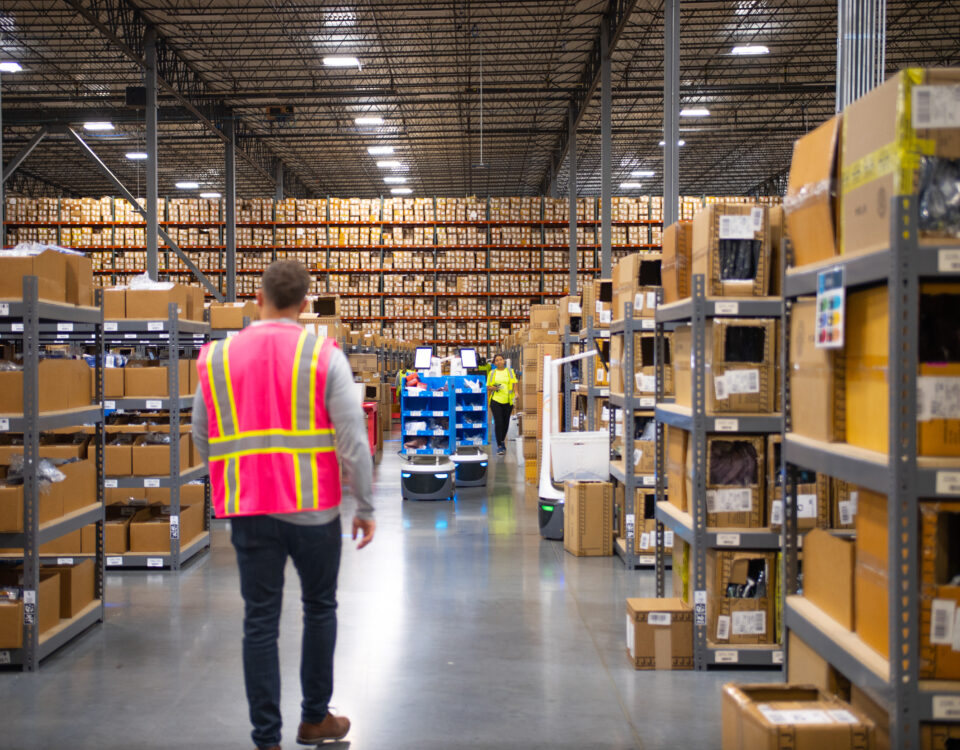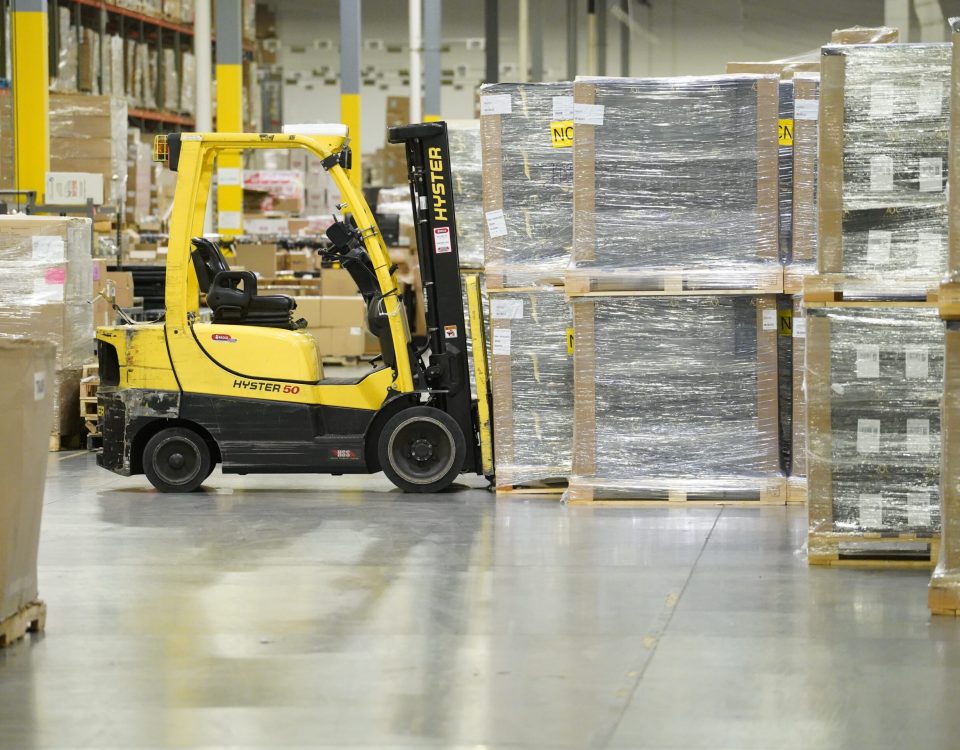Every fulfillment operation works when volume is steady.
The difference between a system that holds up and one that breaks down is how it performs when orders double, timelines shrink, and accuracy has to stay perfect.
A scalable fulfillment system isn’t defined by warehouse size or automations. Its processes are built on accuracy, consistency, and predictability. The systems that perform best under pressure are those where process discipline, data integrity, and trained labor all work together—every shift, every day.
Pay attention to the following areas when evaluating your 3PL provider and fulfillment operation. They reveal whether your system can truly scale or if it’s just keeping up.
Accuracy protects everything else.
When inventory counts and system data stay accurate, everything else becomes easier. These habits prevent the ripple effects that cost time, labor, and customer trust:
- Cycle counts happen daily, not monthly.
- Inventory adjustments are documented with proof.
- Exceptions are investigated, not ignored.
A scalable fulfillment system is built upon process discipline.
In a strong system, work does not depend on individual effort. It depends on process discipline. Every task, from receiving to packing, must follow the same structure, regardless of who performs it or when.
When processes are consistent:
- Outcomes are predictable.
- Orders ship on time.
- Errors stay low.
With this, leadership can plan confidently because the system performs the same way every day. If consistency falters when volume climbs, that’s a sign that the system was relying on people to work harder, not on processes to work better.
Predictability gives brands control.
Predictability turns fulfillment from a daily operation into a strategic advantage. When the system performs at a consistent level and visibility tools confirm performance in real time, every part of the business will be successful.
For example:
- Marketing teams can plan promotions knowing orders will move on schedule.
- Finance can forecast labor and shipping costs without surprises.
- Customer service can respond with facts, not guesses.
That level of reliability is what separates fulfillment that supports growth from fulfillment that holds it back. When every team can trust the numbers and the process, the business can focus on scaling, not troubleshooting.
Predictability protects both margin and customer satisfaction, and it’s what separates a successful fulfillment operation from one that’s simply busy.
If this year’s peak revealed gaps in consistency, accuracy, or control, it’s a signal to rebuild on stronger foundations. The brands that make changes now will have smoother operations, lower costs, and better customer outcomes next year.
When evaluating alternative fulfillment partners, use our 3PL RFP Template. It outlines the questions and metrics that reveal whether a provider has the infrastructure, process, and visibility needed to build a scalable fulfillment system that supports your brand as it grows.



